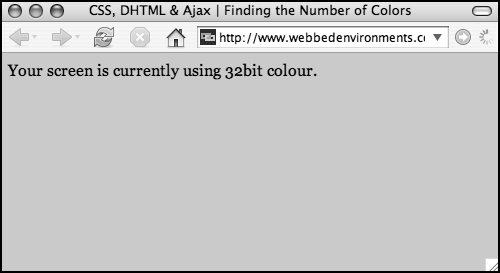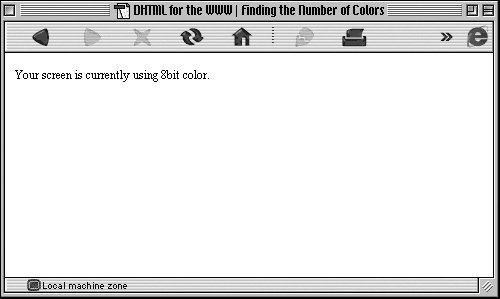Determining the Number of Colors (Bit Depth)
| Once upon a time, color was one of the biggest nightmares a Web designer could face. Not all computers are created equal, especially when it comes to color. On your high-end professional machine, you design a brilliant Web page with bold colors, deep drop shadows, anti-aliased text, and 3D buttons. But on the machine across the hall, it looks like a grainy color photo that's been left out in the sun too long (Figure 13.11 and 13.12). Figure 13.11. An image in all its 32-bit glory. Figure 13.12. The same image in ho-hum 8-bit grayscale. Notice how much rougher the transitions are between areas of color than in the 32-bit version above. The problem was that some computers displayed millions of colors, while others displayed only a few thousand or (gasp) a few hundred or less. Although few of these older machines are still in use, there's an increasing number of portable devices such as PDAs and mobile phones that do have color restrictions. So knowing the number of colors the person viewing your site (Figure 13.13) can actually see might be useful (Figures 13.14 and 13.15). Figure 13.13. The general syntax for the colorDepth object. Figure 13.14. The code displays the bit depth of the monitorin this case, 32-bit. Figure 13.15. The code displays the bit depth of the monitorin this case, 8-bit. To detect the number of colors:
|
EAN: 2147483647
Pages: 230




